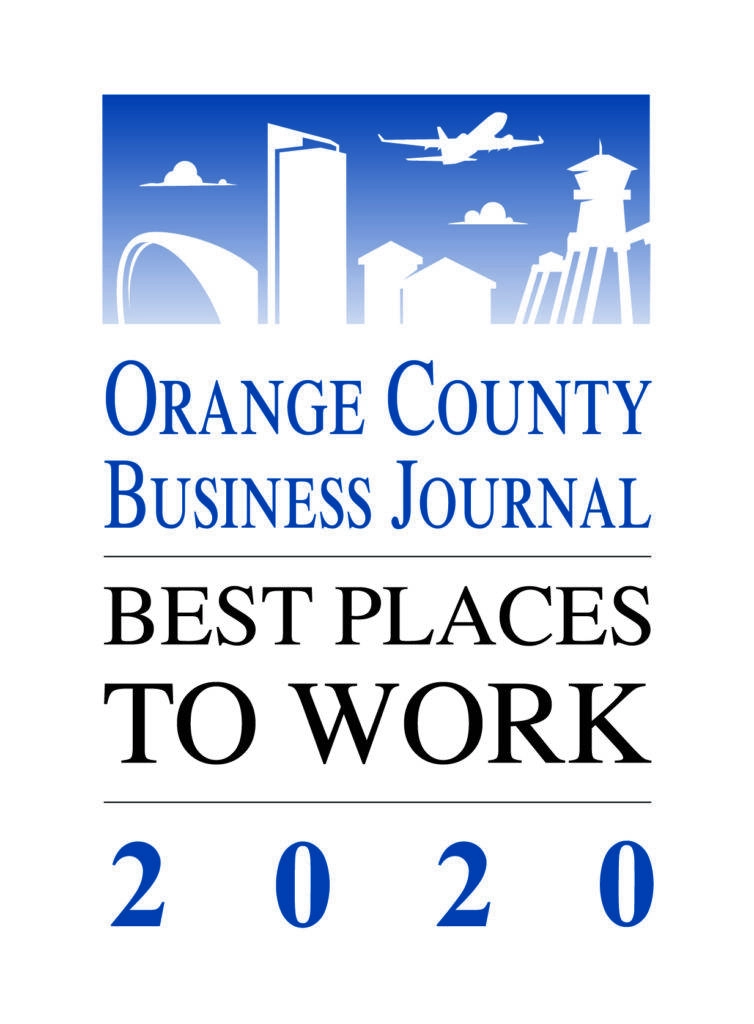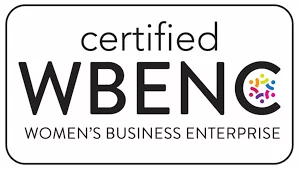Flexible work has become a popular perk expected by many employees, and companies across industries have learned to embrace hybrid models. A PwC survey found 43% of employers offer hybrid work and 30% have made it permanent in roles that allow for it.
But how does this new way of working impact the way we work as teams? How are new hires being brought into the fold? How do you build and maintain trust-based relationships in this new hybrid world?
Whether you’re piloting, planning or making permeant flex work policies, here are five best practices for shaping engagement and performance in a hybrid work environment.
1) Establish how to Collaborate
Collaboration and social connections are key to maintaining a strong culture. Dedicated and planned time together in the office is important. But beyond that, it is essential for your entire team to be included in deciding how people will work together, especially digitally. Everyone should have a voice in making team agreements and establishing team norms. There might be meeting-free days or regular check-ins. With virtual communication, explain the features of your collaboration platform, like using the message board or hand-raised emojis, and agree on how these tools will be used. Also establish policies for how promptly to respond and when to follow up on “after hours” communications.
2) Prioritize Trust
Maintaining high levels of trust in a hybrid environment can be challenging. Remote employees may perceive those in the office as having more access to leaders and greater ability to participate in projects. Fear of exclusion leads to mistrust. One way to build inclusion is for managers to equally include and involve all team members in meetings. Cameras should be required of everyone — Zoom found that 82% of users felt greater trust with videos turned on — and in-person collaboration should be planned at regular intervals for the entire team (e.g., monthly or semimonthly onsite meetings). Being transparent is also a must. Managers should be available and encourage all employees to share their experiences and voice any concerns. This includes nurturing a “safe space” for remote employees.
3) Lead with Empathy
One positive outcome of the pandemic is the heightened level of empathy and genuine care that leaders have demonstrated over the past two years. This must not change. In building trust, employees need to feel valued and heard. Hybrid environments require significant adaptation to traditional office arrangements. Leaders must listen to all employees, regardless of where they are located, and encourage open communication to understand individual challenges and needs. DDI (a global research firm) reported that the number one factor influencing burnout is the leader’s ability to demonstrate empathy.
4) Optimize Your Hybrid Model
The hybrid work model is still relatively new for most organizations, so give everyone grace to learn and adapt. Establish ways to measure what works and what doesn’t, and learn how to do things better. Survey employees and analyze data from your collaboration tools. Pay attention to emerging and improved collaboration platforms: Technology supporting hybrid environments is continuously evolving. Use this information to optimize your hybrid model and make incremental improvements to enhance productivity, satisfaction and engagement of all employees.
5) Reengage the Team with an Offsite
Hybrid policies are a good place in starting to rebuild teams and corporate culture. But that’s not enough. There needs to be more than Zoom meetings, occasional watercooler talk and static conference room convenings. Teams need dedicated, purposeful space and place to reconnect. Offsites are great for this. Greater interconnectedness results in greater productivity and satisfaction. Time outside of the office truly creates space for bigger picture conversations where individuals feel valued and better connected through purposeful interactions, which helps drive morale and rebuild interpersonal and communication skills. If possible, plan these as recurring team-building events.
Related Articles
The Many Perks of a Hybrid Work Policy





